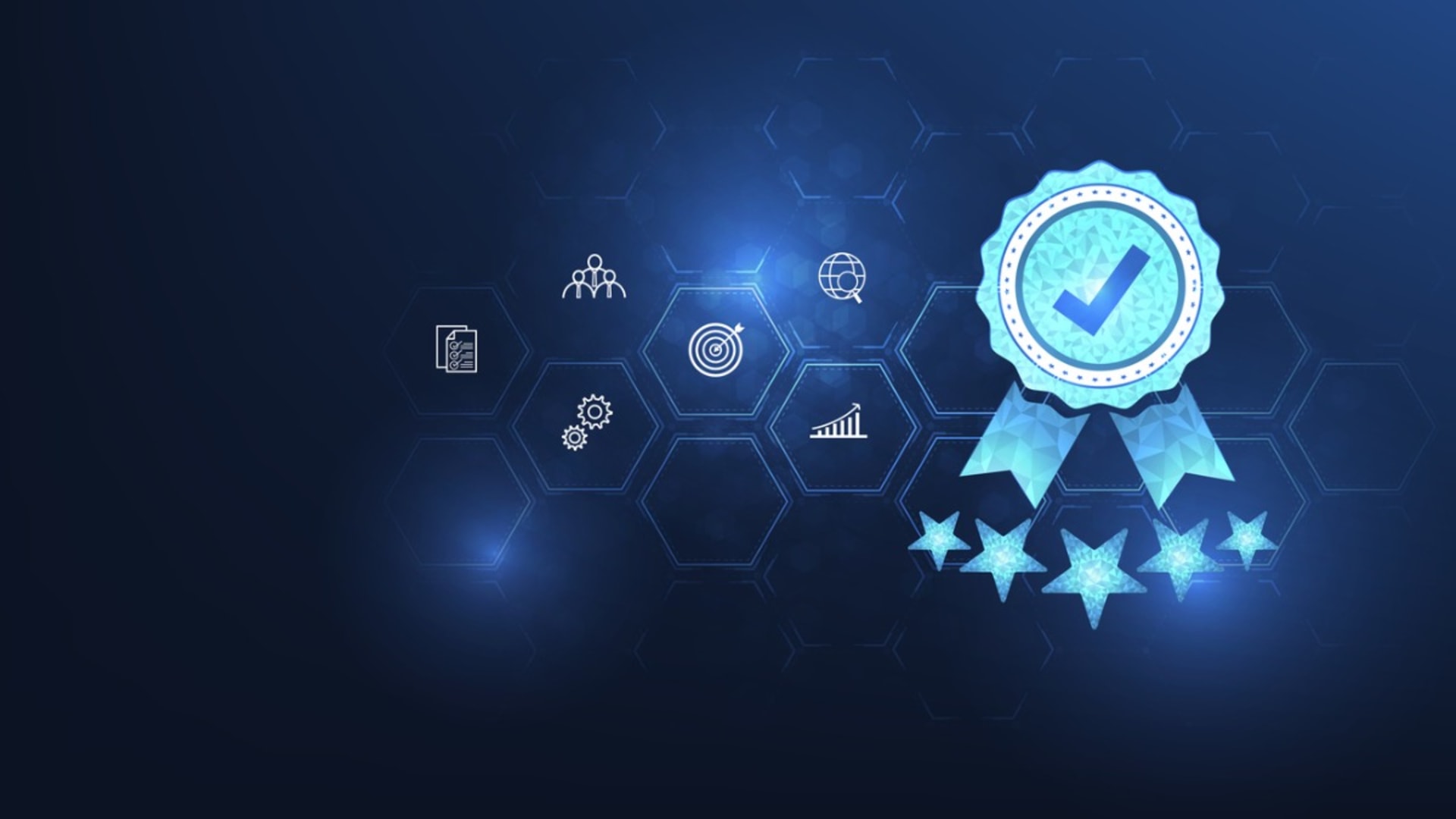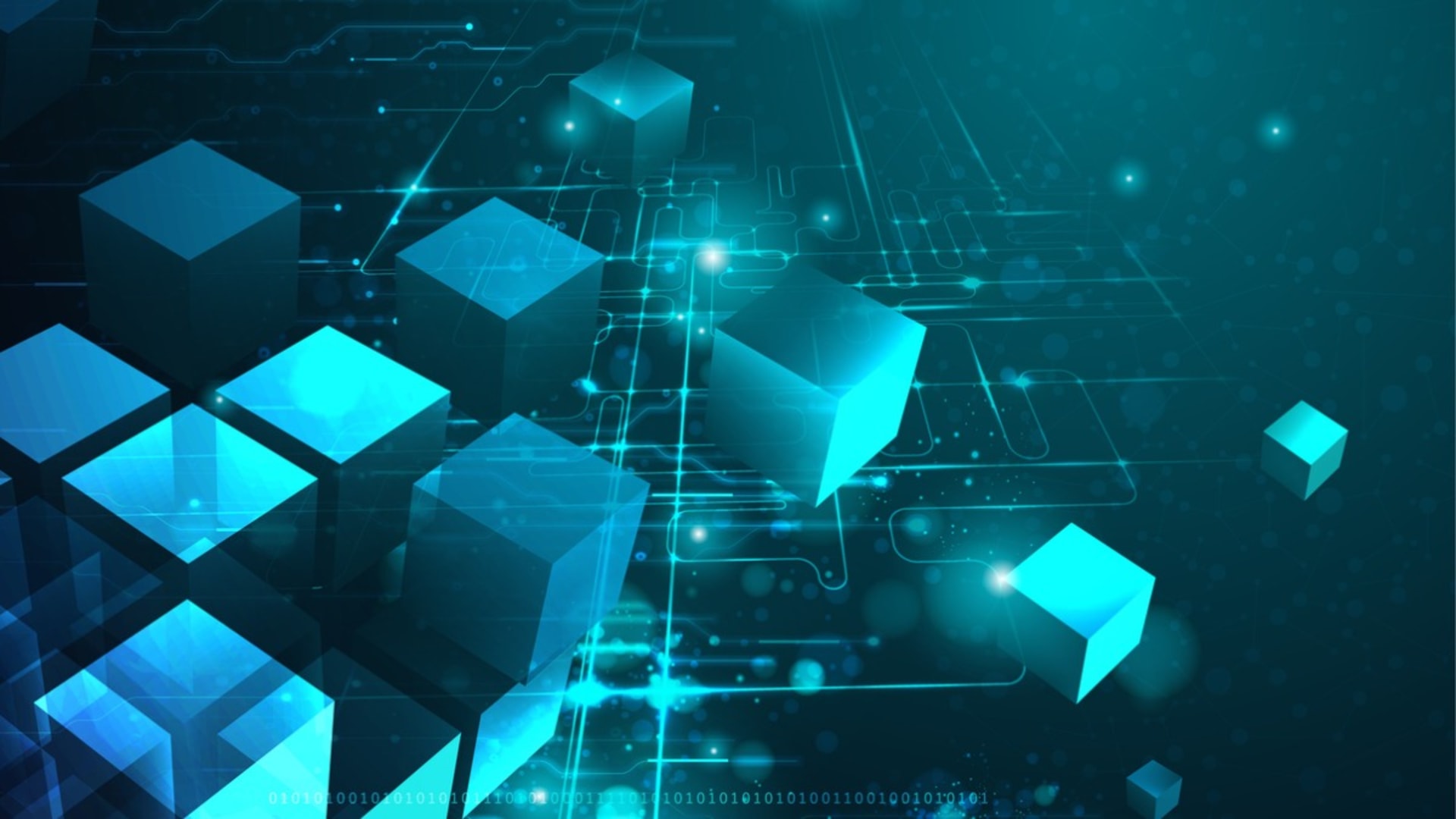- Home
- Technologies
- NoSQL
- Hire NoSQL Developers
Hire NoSQL Developers
Hire vetted NoSQL talent.
Our top 1% of tech talent has already undergone a rigorous vetting process. Get bilingual, nearshore NoSQL developers on your team within 2 weeks.
500+ companies rely on our top 1% tech talent.
No time to find the top talent yourself? Skip the hassle of recruitment.




The Ultimate Guide for Hiring NoSQL Developers
As your business grows, so does your data complexity. Traditional databases won’t cut it anymore and finding NoSQL developers with the right skills is hard. That’s why over 500 companies rely on us to hire the top 1% of tech talent to deliver projects on time.
Hiring top NoSQL developers is key to building reliable systems and your time is precious. This guide breaks down what to consider before hiring, skills to look for, best interview questions to ask and more. With these resources you’ll be better prepared for the hiring process.
Before You Start Hiring
Niche Experience in NoSQL
NoSQL developers need deep knowledge of the ecosystem to build custom data models without fixed schemas. This includes tools like MongoDB or Redis for real-time caching and CQL for data management. Developers use platforms like Amazon DynamoDB for scaling and deployment. These aren’t optional extras – they are required to build scalable software solutions for modern data problems.
Collaborative Mindset
Collaboration keeps projects on track and data in check. Your NoSQL developers will work with engineers and architects on software development tasks. This includes monitoring, database maintenance and integration with legacy systems. A flexible software developer is key to meeting project needs.
Location and Timezone
When working with big data, partnering with NoSQL developers in your time zone makes a difference. It means deployments and real-time issue resolution is efficient and communication is consistent. No delays, no missed updates – just smooth collaboration to keep your project on track.
Project or Team Requirements
Think about your project needs, like building an e-commerce recommendation engine or moving to NoSQL for unstructured data. Clear project requirements will help you find the best NoSQL developers with skills in scalability, integration and delivering exactly what your project needs.
Portfolio and References/Testimonials
A NoSQL developer must handle large data volumes like transactions or IoT data streams especially when failures are costly. Look for someone with a proven track record supported by testimonials. These should highlight their NoSQL experience, problem solving skills and ability to deliver complex projects under pressure.
18 Skills Every NoSQL Developer Should Have
A good NoSQL developer combines technical skills with soft skills. On the technical side they design and implement systems that meet your team’s needs and solve problems that arise. These skills may include data modeling, distributed systems management and more. Soft skills like clear communication and adaptability keep the team productive. For example a developer who can explain technical solutions to non-technical stakeholders keeps everyone informed.
These combined skills deliver scalability, eliminate bottlenecks and avoid costly errors. Developers with this level of expertise can also introduce new features like real-time analytics to refine your product. The result is better project outcomes, great customer experience and added value for your business. Below are the main technical skills to look for in your developer.
Technical Skills to Look for in Your Ideal NoSQL Developer
1. Data Modeling Expertise
NoSQL developers must design scalable solutions and make data easy to retrieve. Professional experience with tools like MongoDB and ER/Studio allows developers to customize solutions to your unique data needs.
2. Distributed Systems Management
Failures happen and making sure database systems are running despite hardware issues is critical. A skilled NoSQL developer with experience in Apache Cassandra can manage shards and data replicas for consistent reliability.
3. NoSQL Platform Proficiency
Platforms like DynamoDB manage NoSQL databases at scale, handling growing data and keeping it accessible. Experience in these platforms is ideal for managing user profiles or product catalogs.
4. Database Partitioning
Breaking data into smaller parts improves performance and simplifies scaling. Experience with tools like MongoDB Shard Key and HBase Region Servers creates easily managed and moveable data subsets.
5. Indexing
Indexing is like a table of contents, helping databases find data quickly. Skilled NoSQL developers use tools like Elasticsearch to speed up searches like finding product prices or items in a specific category.
6. Big Data Integration
A NoSQL developer brings data from different sources like apps and social media into one system. With tools like Apache Spark and Hadoop they process and analyze data to create reports and identify trends for decision making.
7. Time Series Data Management
Time series data management organizes time-based data like stock prices into regular or irregular intervals for easy analysis. Tools like TimescaleDB and InfluxDB help NoSQL developers spot trends and pull insights from large datasets quickly.
8. Caching
Caching stores frequently used data in another storage layer to avoid fetching it from the main database multiple times. It speeds up performance, frees up resources and keeps things efficient. Experience in Redis is perfect for tasks like storing product details to deliver faster results.
9. Cloud Database Deployment
A skilled NoSQL developer needs experience in cloud databases like AWS DynamoDB or Azure Cosmos DB to manage and scale data. Moving data storage to the cloud offers flexibility, scalability and no physical servers.
10. Security
Protecting client data from breaches is a must for any organization. An experienced developer uses tools like AWS IAM to set up role-based permissions, keeping sensitive info like patient records secure.
11. Monitoring and Performance Tuning
Monitoring and performance optimisation involves tracking metrics like query times and resource usage with tools like Prometheus or Grafana. For NoSQL projects it helps to improve query speed, balance workloads and maintain scalable performance for high traffic applications.
12. API
API is about connecting NoSQL databases with applications to make data available. NoSQL developers use tools like RESTful APIs or GraphQL for real-time data sharing, keeping applications responsive and scalable.
13. Schema Migration
If your company needs to move, add or restructure data you’ll need a NoSQL developer who can design migration strategies. Tools like Apache Kafka manage real-time pipelines and facilitate data flow, reducing downtime.
14. Version Control with NoSQL Systems
Data changes must be documented to make sure the whole team is on the same page, code quality is maintained and updates are managed properly. Mastering tools like Git for code version control and Liquibase for database schema versioning helps to track changes and roll back to a previous version if errors occur.
Soft Skills to Look for in Your Ideal NoSQL Developer
15. Resilience
NoSQL developers often work under tight deadlines and complex issues. They need to identify issues fast and implement fixes that minimises disruption, not delay or downtime.
16. Creativity
Every project has its own data challenges. A creative NoSQL expert will experiment with new techniques to solve problems, like boost query speed without overloading servers.
17. Negotiation Skills
Dealing with multiple stakeholders means addressing differing viewpoints and finding shared goals. Developers need to negotiate solutions, like more efficient data storage, confidently backing up your approach.
18. Work Ethic
NoSQL developers need to meet deadlines and keep up with the latest. They need to focus on databases and delivery of results even during high traffic.
8 Questions to Identify Top NoSQL Developers
When interviewing NoSQL developers, it's important to ask questions that first assess the candidates' technical skills and knowledge. Employers will also usually conduct a coding test to further assess specific on-the-job knowledge.
The following set of questions aims to uncover not only the developer's technical knowledge but also their problem-solving abilities, teamwork, communication skills, and adaptability—all crucial traits for success in a collaborative environment.
Here are a few examples of technical interview questions:
1. How do NoSQL databases differ from SQL databases, and in what situations would you prefer one type over the other?
I prefer SQL databases when working with structured data that has a fixed schema, especially when managing complex relationships—like financial transactions. However, if I need flexibility and scalability, particularly for unstructured or rapidly changing data, I go with NoSQL. It’s a great choice for handling things like social media data, where the structure can evolve over time.
2. Can you explain what secondary indexes are in NoSQL databases and how they affect the performance of queries?
Secondary indexes help me speed up searches in NoSQL databases by narrowing down results. For example, in MongoDB, I can index the "name" field to quickly find users by name instead of scanning the entire collection. They make queries run faster for non-primary key fields because the database doesn’t have to check every single record. But there’s a trade-off—while they improve read performance, they can slow down writes since the index has to update every time data changes. They also take up extra storage, so if memory gets strained, queries might start running slower. I use them when I need quick lookups on non-primary fields, but I always weigh the impact on write performance and storage.
3. What approach would you take to manage schema modifications in a NoSQL database, particularly when dealing with large amounts of data?
First, I’d assess the impact of the change, such as any compromises to data integrity or query performance. For large datasets, I’d use batch processing, where supported, to update existing documents or rows.
Next, I’d implement schema versioning and make sure there’s backward compatibility for a smooth transition for both old and new data. Lastly, I’d test the changes in a staging environment before pushing them to production.
4. What are the advantages and drawbacks of using a document-oriented NoSQL database like MongoDB?
I like using MongoDB because it’s flexible and lets me store data in a way that doesn’t require a strict schema. Since it uses BSON format, I can structure data however I need, which is especially helpful when working with unstructured or evolving data. It’s also great for scalability. If an application grows and needs to handle more users or data, MongoDB supports horizontal scaling through sharding, making it easier to distribute the load. Performance is another big plus. Reads and writes stay fast, even when traffic spikes, which is a huge advantage for high-demand applications.
That said, MongoDB isn’t always the right choice. Since it uses eventual consistency, it’s not ideal for situations where strict accuracy is critical, like financial transactions. You can configure it for stronger consistency, but that adds extra complexity. Another challenge is storage efficiency. If I’m working with highly relational data—like customer orders linked to product inventories—SQL databases are a better fit because they handle relationships more efficiently. In MongoDB, I’d have to structure data differently, which could lead to duplication and increased storage use. So, while I like MongoDB for flexibility and scalability, I always consider whether the use case benefits from a document-based approach.
5. Can you describe a time when you had to troubleshoot a performance issue in a NoSQL database?
This question focuses on the candidate’s problem-solving skills, critical thinking, and technical know-how. It gives you a sense of how well they understand performance bottlenecks and whether they can fix issues with minimal disruptions.
6. What steps do you take to help non-technical stakeholders understand and support your approach?
Clear, concise communication is key to bridging the gap between tech and business teams, keeping projects moving and relationships strong. From the candidate's answer, you'll get a feel for how well they simplify complex ideas and make sure stakeholders stay informed and involved in the decision-making process.
7. When learning a new NoSQL technology, how do you quickly get up to speed, and how did it impact your project or team?
Since projects are always changing, this question helps you see how a NoSQL developer stays resourceful and adaptable when picking up new skills. It shows their commitment to staying current with the latest tools and tech. Based on their answer, you’ll understand how proactive they are in learning and applying new knowledge to drive project success.
8. How do you prioritize tasks when working under tight deadlines?
Time management and organization are necessary for NoSQL developers to stay on top of high-pressure situations and manage priorities. Their answer should show how they keep focused under pressure, meet deadlines, and make smart decisions when unexpected challenges arise.
Frequently Asked Questions
When reviewing a portfolio, focus on hands-on experience with complex database designs. Look for things like real-time data management and sharding, which show they can handle tough NoSQL challenges. Also, pay attention to how they approach performance optimization and any custom solutions they’ve worked on.
Watch out for red flags like limited experience with how NoSQL databases work or being too focused on just one database, which may signal limited flexibility. If their answers about problem-solving are vague, they might lack hands-on experience. In addition, inconsistent work history or trouble explaining decision-making can raise concerns about the depth of their expertise.
The main thing you need is someone who can design and optimize data models for large datasets. The ideal NoSQL developer should have strong experience with multiple NoSQL databases, plus cloud and performance tuning expertise. Soft skills—like communication, teamwork, and initiative—are just as important, so they’ll fit well with the team and stay proactive.
Assessing a candidate’s ability to collaborate with teams like DevOps or backend engineers involves looking at both technical and interpersonal skills. Behavioral interview questions help reveal how they’ve worked with cross-functional teams in the past, particularly in troubleshooting, deployments, or adapting to new challenges. Reviewing their portfolio or past projects provides insight into how they’ve contributed to team efforts and handled collaboration in real-world scenarios. Strong communication skills are essential, as candidates need to be able to explain technical concepts clearly and adapt their approach depending on the audience. Adaptability is also key—effective collaboration requires problem-solving across different disciplines without working exclusively in dedicated teams.
Freelance NoSQL developers are excellent for short-term projects or specialized tasks like database optimization or schema migrations. If you require long-term roles, consider software outsourcing or looking into how to hire remote NoSQL developers.

How Businesses Can Overcome the Software Development Shortage
BairesDev Ranked as one of the Fastest-Growing Companies in the US by Inc. 5000











